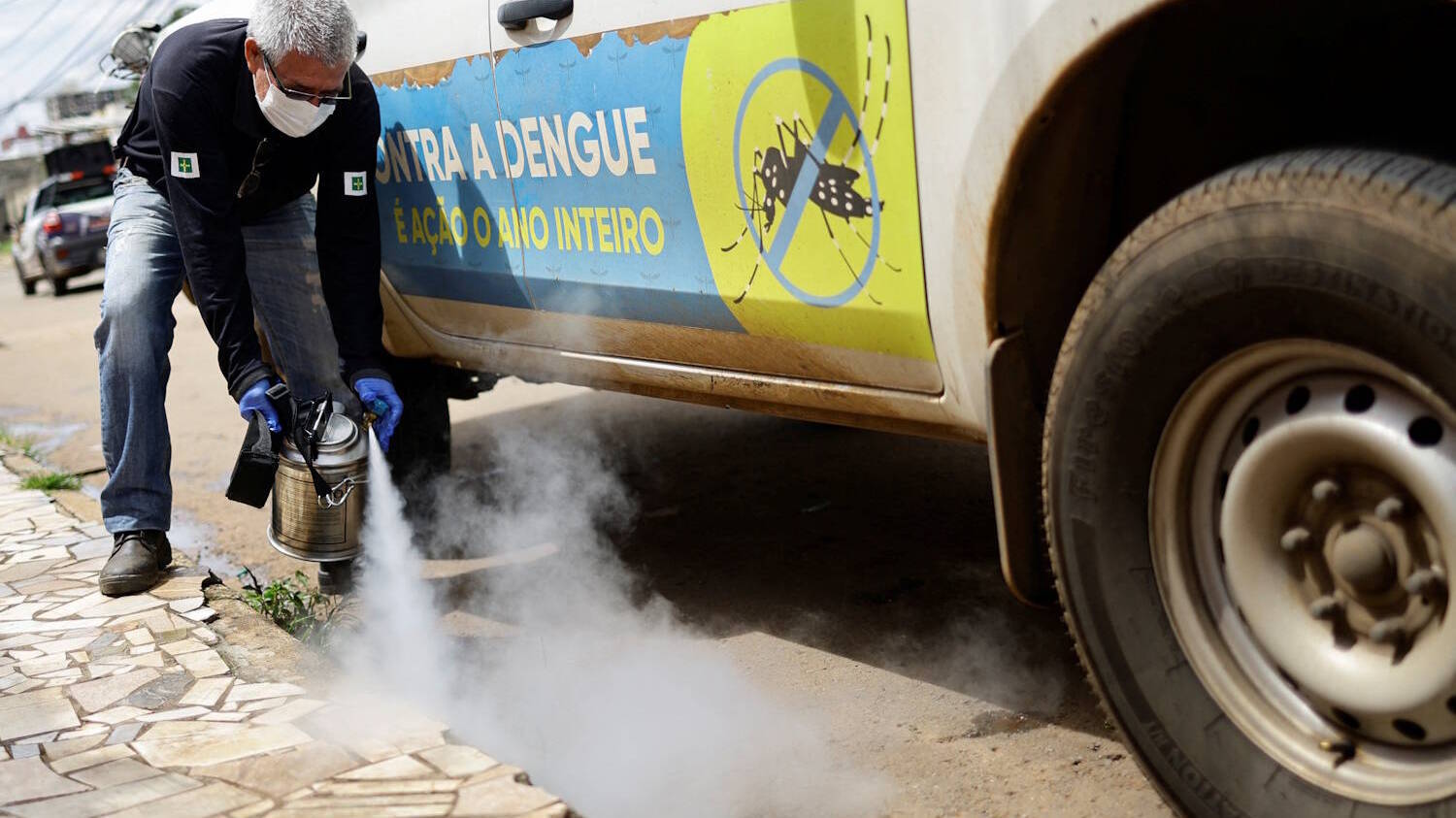The federal units with the highest incidence of dengue in Brazil are the Federal District, Minas Gerais, Acre, Paraná and Goiás, responsible for 64% of the total 555,583 probable cases already registered throughout the national territory. Regarding deaths due to the disease, DF and the four states recorded 61 of the 94 deaths.
According to Health Ministry data, the federal district has the worst infection rate in the country, with 2,405 cases per 100,000 inhabitants. Followed by Minas Gerais (936), Acre (622), Paraná (512), and Goiás (487).
Maranhão, Alagoas, Ceará, Pernambuco and Paraíba are the states with the lowest rates in Brazil (Check the numbers below):
Women constitute the majority of those infected with the disease, and the most affected age group is from 30 to 39 years, followed by those aged 40 to 49 years.
In terms of absolute numbers of cases, the state of Minas Gerais comes in first place with more than 192,000, followed by São Paulo (90,000) and the Federal District (67,000). Across the country, 381 deaths suspected of being caused by dengue are being investigated.
Biologist Rodrigo Gurgel explains that the difference in the incidence of the disease in states can occur for several reasons, such as climate, control strategies, underreporting of cases, and even the subtype of the virus.
“Having more cases in DF or Goiás is what would be expected with regard to, for example, Rio Grande do Sul, where the weather is colder and therefore makes the development of mosquitoes and mosquitoes more difficult,” he says.
“Another factor could be the urban agglomerations, which are much larger in the DF region than in the Tocantins region, for example,” he adds.
According to the Ministry of Health, the occurrence of the disease is affected by periods of rainfall and high temperatures, and therefore climate changes such as the El Niño phenomenon can exacerbate the situation.
“High temperatures accelerate the reproduction and viral replication process in mosquitoes. In addition, the DENV-2 serotype has become dominant in the states of the central-western region, which were previously more affected by the DENV-1 serotype. This increases the number of people exposed “to injury.” He explains that this serotype causes a rise in the number of infected people.

“Hardcore beer fanatic. Falls down a lot. Professional coffee fan. Music ninja.”






More Stories
The law allows children and adolescents to visit parents in the hospital.
Scientists pave the way for the emergence of a new element in the periodic table | World and Science
Can dengue cause hair loss? Expert explains how the disease affects hair